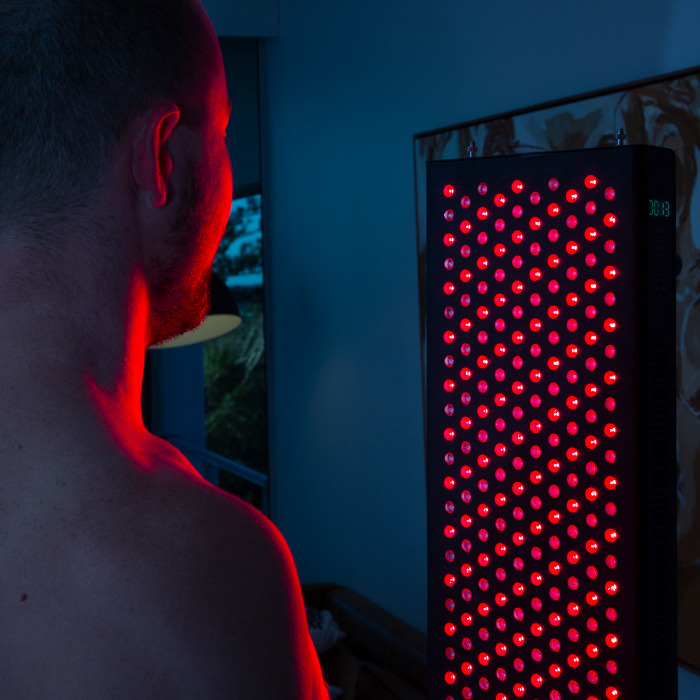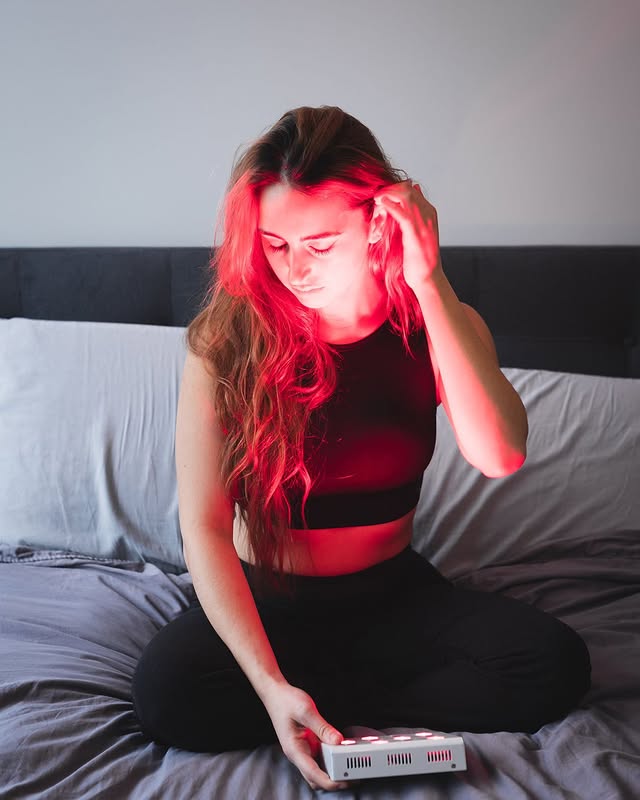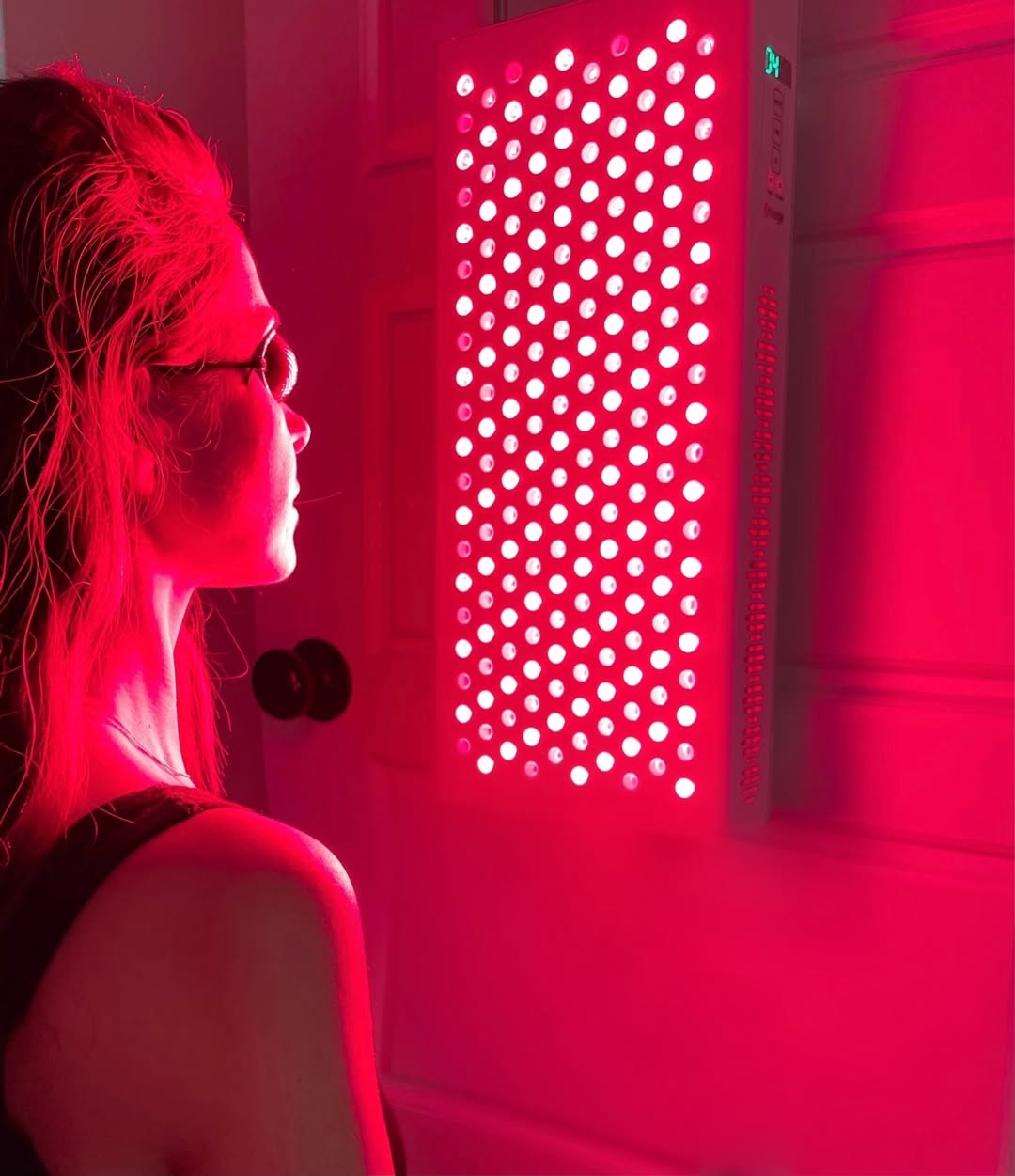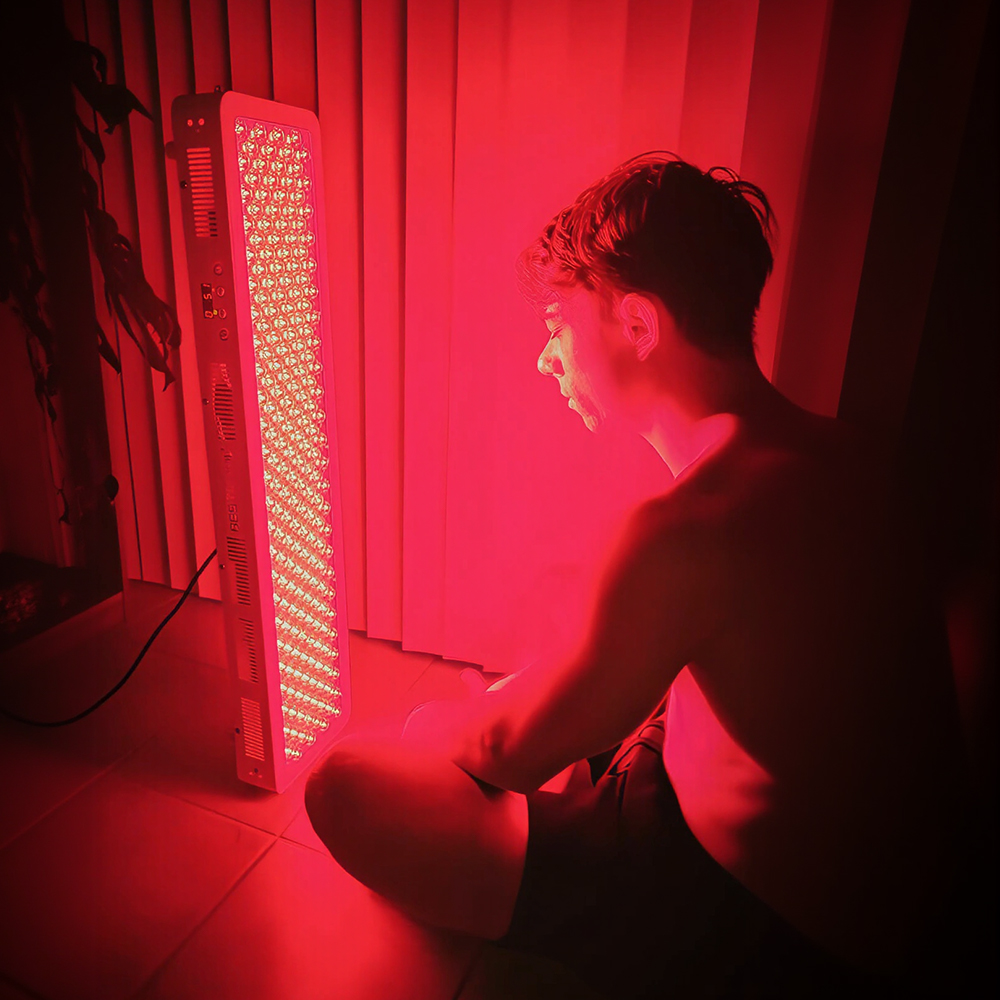![]() Free Shipping
Free Shipping ![]() Buy Now, Pay Later
Buy Now, Pay Later ![]() Eligible
Eligible
Bicycle Brilliance: Red Light Therapy for Cyclists

Introduction: The Power of Red Light Therapy for Cyclists
Cycling is more than just a sport or a mode of transportation—it’s a lifestyle. Whether you’re a competitive racer, a weekend warrior, or a daily commuter, cycling demands endurance, strength, and recovery. But what if there was a scientifically backed way to enhance performance, speed up recovery, and even prevent injuries? Enter Red Light Therapy (RLT), a cutting-edge treatment that’s gaining traction among elite athletes and fitness enthusiasts alike.
In this comprehensive guide, we’ll explore how red light therapy can revolutionize your cycling experience. From muscle recovery and injury prevention to boosting energy and endurance, RLT offers a host of benefits that every cyclist should know about.
What is Red Light Therapy?
The Science Behind RLT
Red Light Therapy, also known as photobiomodulation (PBM), uses low-wavelength red and near-infrared (NIR) light to penetrate the skin and stimulate cellular energy production. The light is absorbed by mitochondria (the powerhouse of cells), triggering a cascade of biological benefits, including:
- Increased ATP (energy) production – Fuels muscle performance and endurance.
- Enhanced blood circulation – Delivers more oxygen and nutrients to muscles.
- Reduced inflammation – Speeds up recovery after intense rides.
- Collagen production – Supports joint and tendon health.
How It Works for Cyclists
For cyclists, RLT can be a game-changer. Long rides and high-intensity training sessions break down muscle tissue, leading to fatigue and soreness. By incorporating RLT into your routine, you can:
- Recover faster – Less downtime between rides.
- Reduce muscle soreness – Say goodbye to post-ride stiffness.
- Improve endurance – Train harder and longer.
- Prevent injuries – Strengthen joints and tendons.
The Benefits of Red Light Therapy for Cyclists
1. Faster Muscle Recovery
One of the biggest challenges for cyclists is recovery. Long-distance rides and interval training cause micro-tears in muscle fibers, leading to delayed onset muscle soreness (DOMS). Studies show that RLT reduces inflammation and accelerates muscle repair, meaning you can bounce back quicker after a grueling ride.
🔹 Pro Tip: Use RLT for 10-20 minutes post-ride to maximize recovery benefits.
2. Reduced Joint and Tendon Pain
Cycling puts repetitive stress on knees, hips, and ankles. Over time, this can lead to chronic pain or injuries like tendonitis or IT band syndrome. Red light therapy promotes collagen synthesis, helping to repair and strengthen connective tissues.
🔹 Case Study: A 2016 study in the Journal of Athletic Training found that RLT significantly reduced knee pain in athletes, making it ideal for cyclists.
3. Enhanced Performance and Endurance
Since RLT boosts ATP production, your muscles have more energy to perform. Many cyclists report:
- Longer ride times – Delayed fatigue.
- Higher power output – Better sprint performance.
- Improved VO2 max – Greater oxygen efficiency.
🔹 Pro Tip: Combine RLT with pre-ride warm-ups for optimal performance.
4. Injury Prevention
Preventing injuries is better than treating them. RLT strengthens muscles and tendons, reducing the risk of strains and overuse injuries.
🔹 Common Cycling Injuries RLT Helps Prevent:
- Achilles tendonitis
- Lower back pain
- Patellar tendonitis
5. Better Sleep and Reduced Stress
Quality sleep is crucial for recovery. RLT has been shown to regulate melatonin production, helping cyclists achieve deeper, more restorative sleep.
How to Use Red Light Therapy for Cycling
Option 1: At-Home RLT Devices
Portable red light therapy panels and wearable devices (like belts or wraps) allow cyclists to integrate RLT into their daily routine.
🔹 Best At-Home Devices for Cyclists:
- Joovv Go 2.0 (Portable & powerful)
- Red Rush 360 (Full-body coverage)
- Mito Red Light (Budget-friendly)
Option 2: Professional RLT Sessions
Many sports clinics and recovery centers offer high-intensity RLT sessions, ideal for serious cyclists.
🔹 What to Expect in a Session:
- 10-20 minutes under an RLT panel
- Targeted treatment for sore muscles/joints
- Immediate relaxation and pain relief
Option 3: Combining RLT with Other Recovery Methods
For best results, pair RLT with:
- Foam rolling
- Cold therapy (ice baths)
- Compression gear
VELLGUS Elite V2
THE #1 RATED RED LIGHT DEVICE
VELLGUS pro V2
THE #1 RATED FULL BODY RED LIGHT DEVICE
Real Cyclists, Real Results
Testimonial 1: The Competitive Road Cyclist
*”After incorporating RLT into my recovery routine, my post-ride soreness decreased by 70%. I now train harder without worrying about overuse injuries.”* – Mark T., Cat 1 Road Racer
Testimonial 2: The Mountain Biker
“I used to struggle with knee pain after downhill rides. Since using a red light belt, my joint pain has vanished, and I ride stronger than ever.” – Sarah L., Enduro MTB Rider
Testimonial 3: The Commuter Cyclist
*”As a daily bike commuter, fatigue was a constant issue. Now, a quick 10-minute RLT session in the morning keeps me energized all day.”* – David R., Urban Cyclist
Debunking Myths About Red Light Therapy
Myth 1: “RLT is Just a Fad”
Fact: Over 5,000+ scientific studies support RLT’s benefits for muscle recovery, pain relief, and performance.
Myth 2: “You Need Expensive Equipment”
Fact: Affordable at-home devices (under $300) offer great results.
Myth 3: “It Takes Weeks to See Results”
Fact: Many cyclists report immediate relief after just one session.
Conclusion: Should Cyclists Try Red Light Therapy?
If you’re serious about cycling—whether for competition, fitness, or commuting—red light therapy is a must-try. From faster recovery to enhanced endurance, the benefits are too significant to ignore.
Final Action Steps:
- Try an at-home RLT device (start with 10-minute sessions).
- Combine RLT with stretching and hydration for best results.
- Track your progress—note changes in recovery time and performance.
The future of cycling performance isn’t just about better bikes—it’s about better recovery. And with red light therapy, you’re giving your body the ultimate advantage.
🚴 Ride harder. Recover faster. Shine brighter. 🚴
FAQ: Red Light Therapy for Cyclists
Q: How often should cyclists use RLT?
A: 3-5 times per week, especially after intense rides.
Q: Can RLT replace stretching and foam rolling?
A: No—it enhances them. Use RLT alongside traditional recovery methods.
Q: Are there any side effects?
A: RLT is safe and non-invasive, with no known side effects.
Q: How soon will I see results?
A: Some feel immediate relief, while others notice improvements within 2-4 weeks.
Ready to Revolutionize Your Ride?
Invest in red light therapy today and experience Bicycle Brilliance at its finest! 🚀








